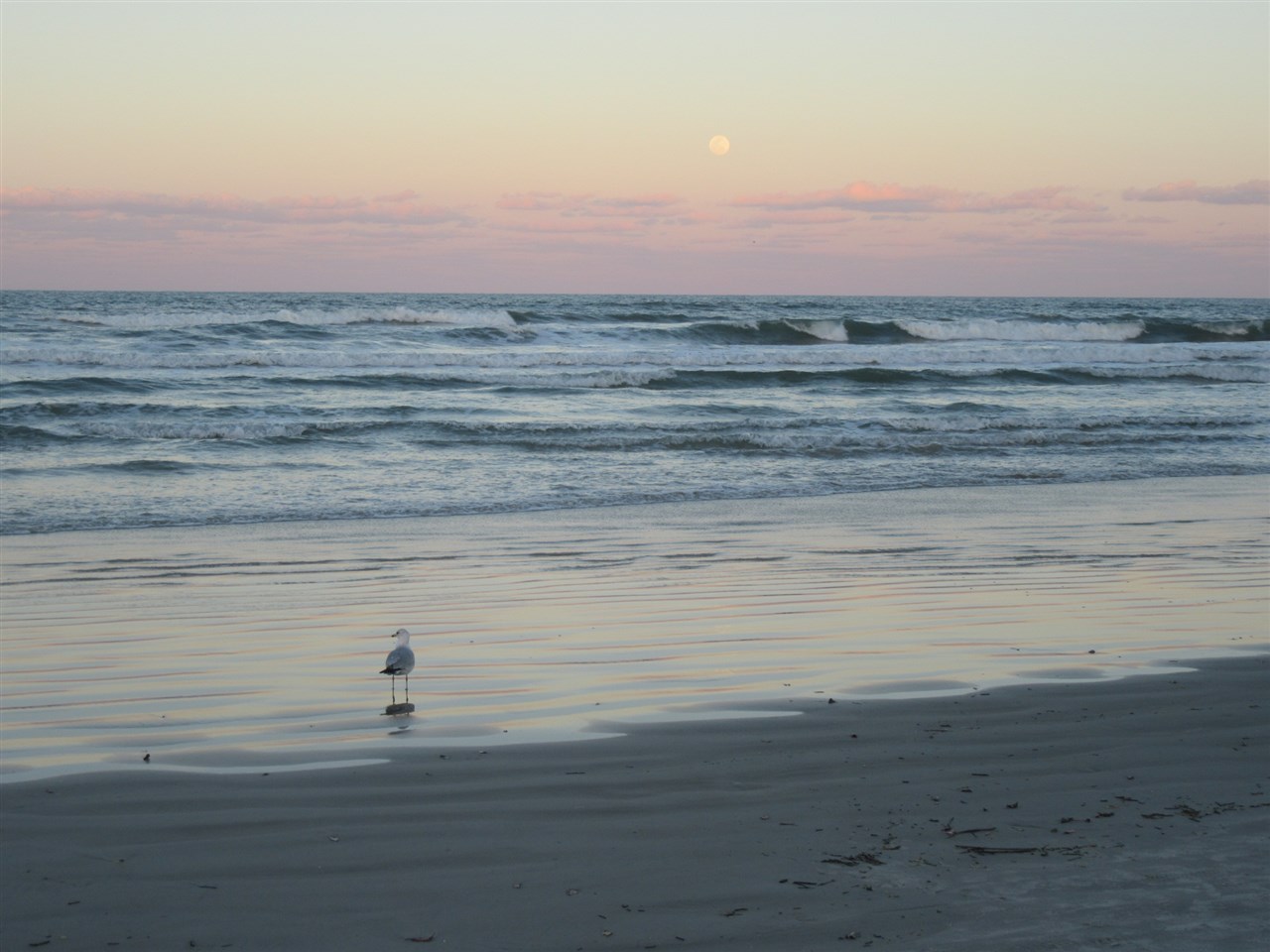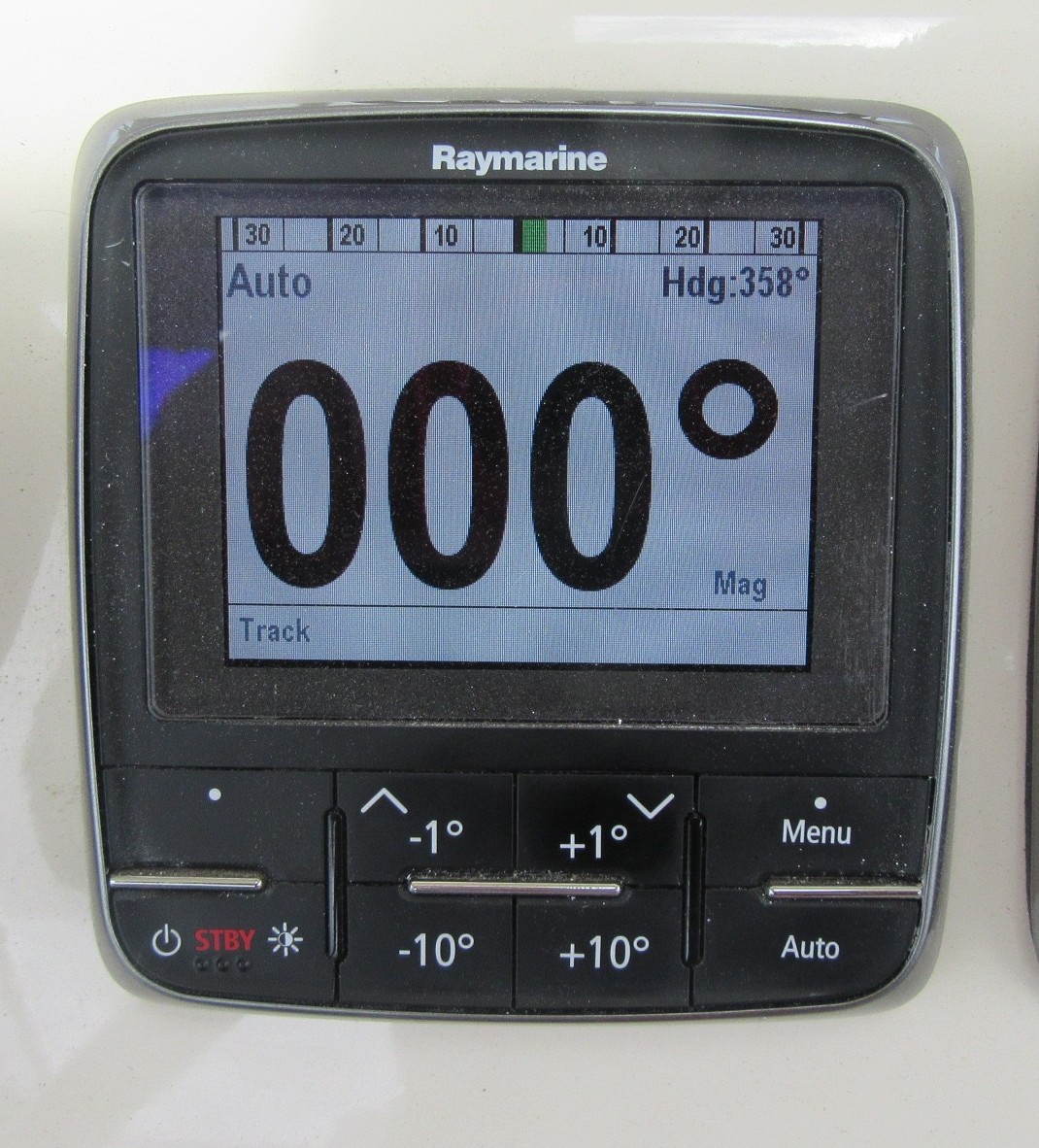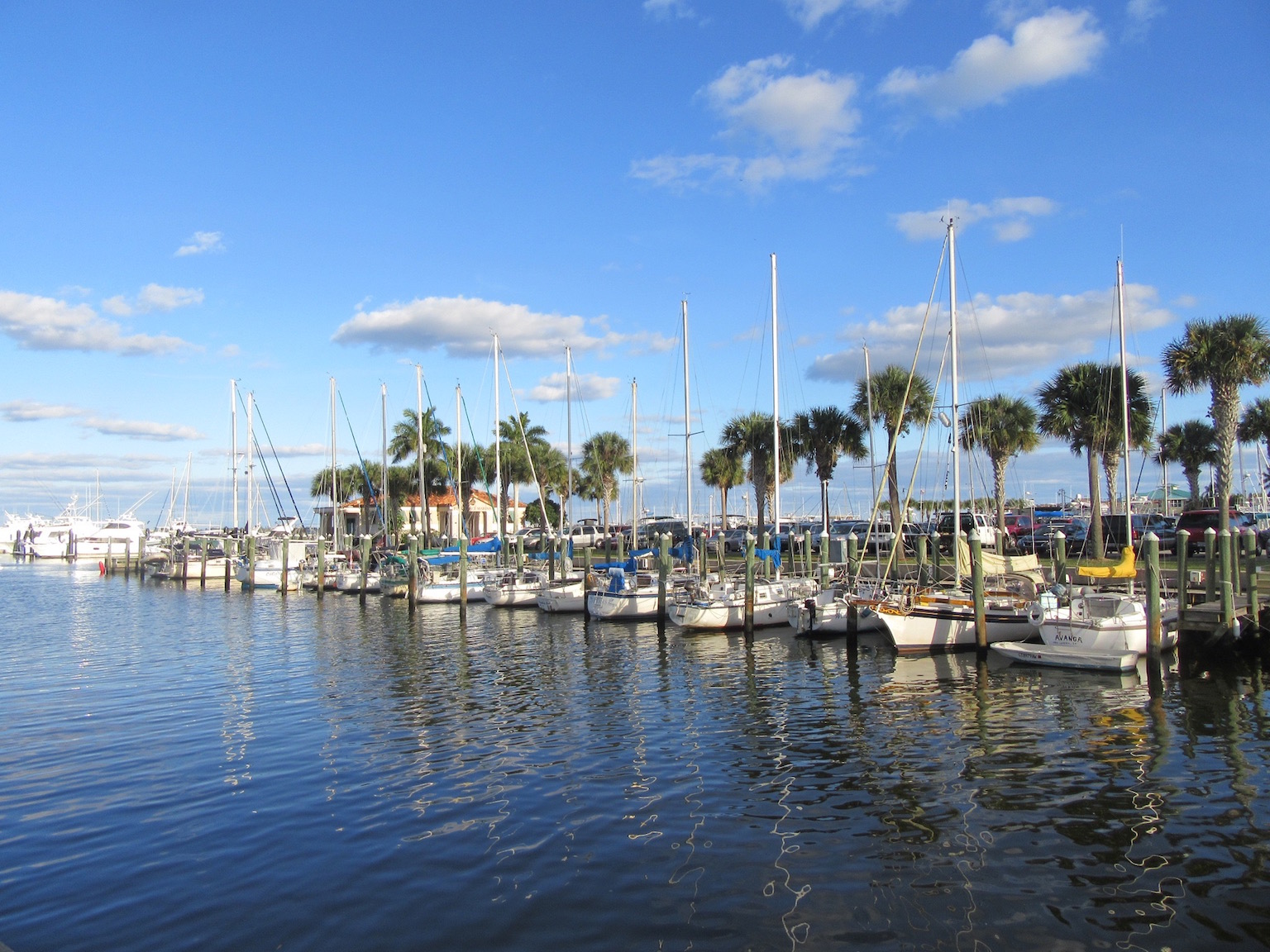A few years ago, Dudley and I enjoyed one of our best vacations ever when we chartered a canal boat for nine days, exploring the Aquitaine region of southest France between Toulouse and Bordeaux (if you want to know more about chartering canal boats: http://www.leboat.com). At times, our sailbatical has reminded us of moments from that trip: entering and exiting locks, the tree-lined Dismal Swamp, farmer’s markets in small villages, arriving towns via the water vs. the road, and not knowing what awaits us around the next river bend. We were able to secure a “one-way” charter for that region of France, meaning that we didn’t have to backtrack our route. But had we selected a different area, we may have needed to book a round trip, which would have meant backtracking. Sort of like what we are doing now, on the ICW. So we are grateful for the recommendation from the canal boat guidebook: if you do a round trip, consider skipping every other town on the first half of your journey so you have new places to explore on the return trip. Great idea!
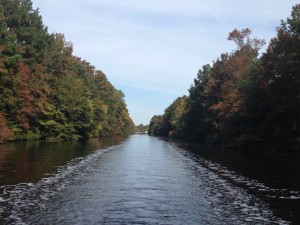
So with that in mind, we have begun to plan our journey north with a few visits to familiar and favorite towns, but hopefully more visits to places that we missed in the fall. This takes some serious planning though. There’s the rarely accurate weather forecast to consider in addition to tides and currents, especially to avoid grounding in the ICW shallow depths. We need to know sunrise and sunset times for visibility, as well as full moons because of affect on tides or visibility at night. We still use the ICW bible, the Doyle’s On The Water Chart Guides, to help gauge distances and possible destinations. We also consult friend’s blogs and memories, to inquire if a place is worthy of a visit. And of course, we Google everything, assuming we have internet or cellular connections. Despite all the planning, flexibility is still the name of the game.
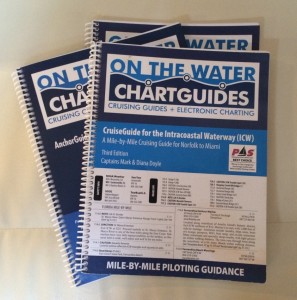
After leaving Marineland, which was a new stop for us, we returned to familiar St. Augustine. We took a mooring ball in their south field rather than north of the Bridge of Lions where we moored in December. The weather forecast for thunderstorms and high winds made church doubtful for me on Easter morning, but like so many times before, the forecasts were wrong. Delightfully wrong, in this case. After some quick Google research, I attended Grace United Methodist Church in the historic district and was not disappointed: friendly people, great music with trumpets and trombones proclaiming Handel’s Hallelujah Chorus, packed pews, and a female pastor in the pulpit. And I made it back to the boat before thunderstorms hit. Perfect!
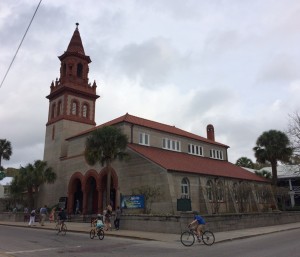
The next day, we ventured to shore to visit two attractions we missed in December: Flagler College and the Lightener Museum. The private college is the former Ponce de León Hotel which opened in 1888, commissioned by industrialist and Standard Oil co-founder Henry Flagler and designed by newly graduated architects Carrère and Hastings (they later designed the NY Public Library and the Russell Senate Building in DC).
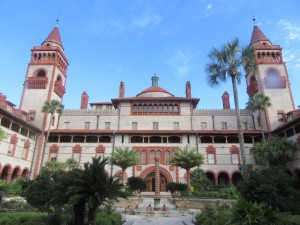
We toured several public areas including the dining hall with its Tiffany glass, ornate murals, and carved oak. Quite the lavish dining quarters for young college students of today!
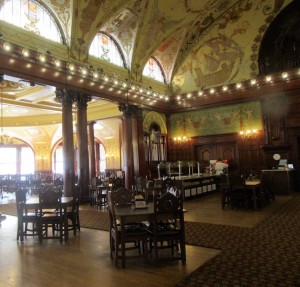
Afterwards, we walked across the street to the former Alcazar Hotel, also commissioned by Flagler as a sister hotel to the Ponce, and serviced by the Florida East Coast Railway, another Flagler development.
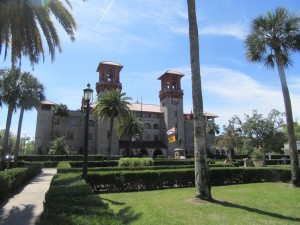
Carrère and Hastings designed the Alcazar as an elegant winter resort for wealthy patrons, with sulfur baths, Russian steam room, 3-storey ballroom, and the world’s largest indoor swimming pool at that time. Otto Lightener bought the building in 1947 to house his eclectic antiquities. Quite the broad spectrum collection!
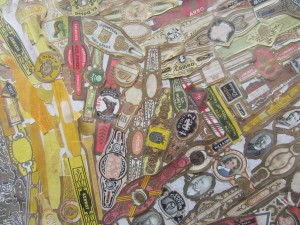
On Day 163, we left St. Augustine, catching the 9 am opening of the Bridge of Lions. Several hours later, we were making good time so decided to bypass the familiar Jim King courtesy dock near Jacksonville, and instead risk the shallow approach to the island of Fort George in order to visit Kingsley Plantation, managed by the National Park Service.
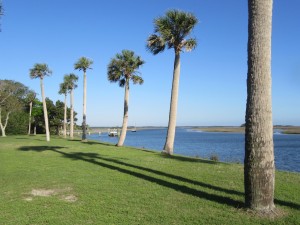
We had read only a teeny bit about Zephaniah Kingsley and his wife Anna, a freed-slave, but interests were piqued. We consulted other cruising friends but none had visited there, so we hoped it was worth the stop and anxiety of potential grounding. Our guidebooks advised that we could anchor nearby, use an easily accessible dinghy dock, and visit the grounds and buildings for free. And they were right! Since we arrived late in the day, we split our visit in two, deciding to do the audio tour the following morning when we could take our time before weighing anchor to continue north.
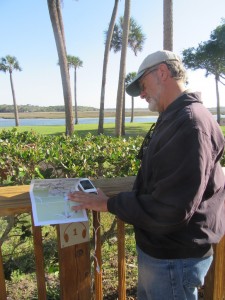
It was a sunny and mild morning when we took the audio tour. We had time to leisurely explore the grounds, including the kitchen house, barn, garden, and tabby ruins of 25 slave quarters. The plantation house is under renovation and only opened on weekends so we did not tour inside.
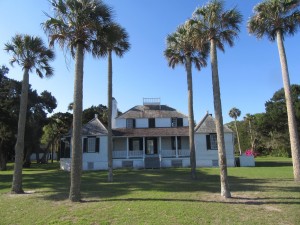
What we learned during the audio tour could fill several pages. The stories of the people who lived at Kingsley Plantation, and the buildings that still grace this waterfront property, are vivid reminders of a very disturbing and turbulent time in our nation’s history.
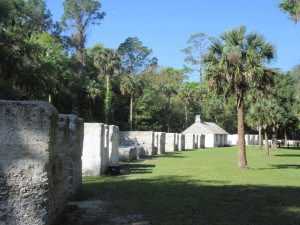
The complexities that enveloped this particular plantation’s history are best described as a paradox that left us glad we visited, but filled with more questions than answers.
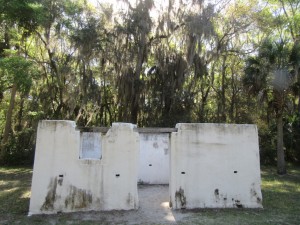
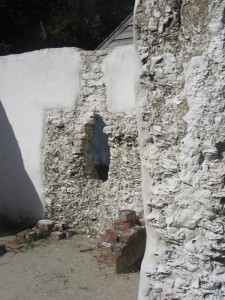
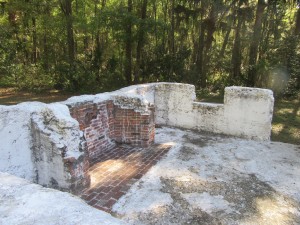
We encourage our friends to make time to visit Kingsley Plantation: https://www.nps.gov/timu/learn/historyculture/kp.htm
And if arriving by water, do watch the depths! It was a bit dicey to anchor in a spot where the current would turn the boat 180 degrees, several times, with consideration of the wind direction for the perfect dropping of the hook.
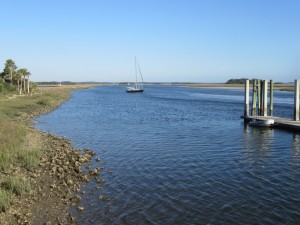
Phew! We did fine. And as we finished the audio tour, the tide was high and it was time to mosey on. We had discovered a new stop along a somewhat familiar First Coast of Florida. And just one more town now awaits us before we wave goodbye to the Sunshine State.


